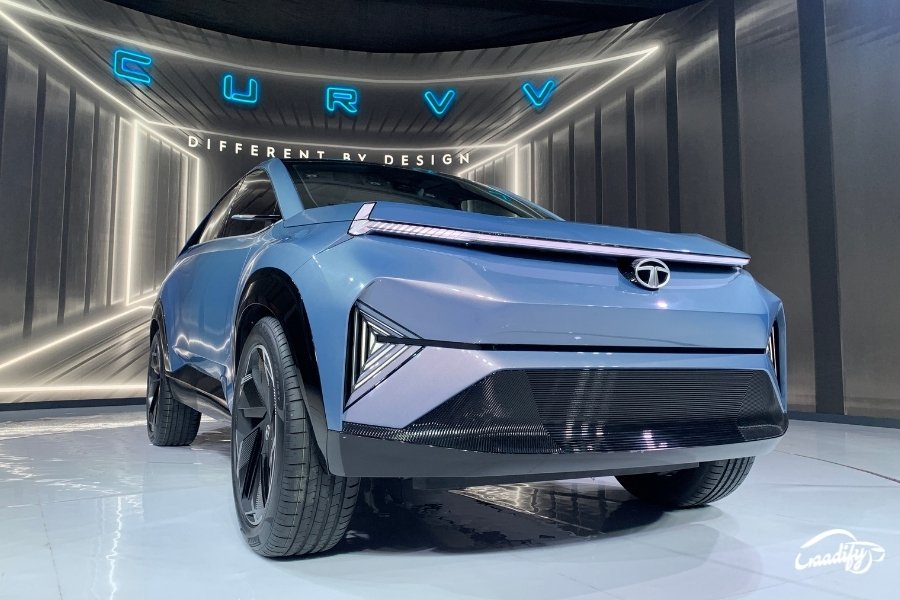Tata is very aggressive with its EV strategy, and with their recent futuristic electric mobility concepts like Curvv and Avinya, they seem to have a long plan to dominate this space for years to come.
One thing that Tata emphasizes a lot is the platform on which it will build its vehicles, and how Tata EV lineup will have a dedicated platform that enhances its overall capabilities and performance. What exactly are these platforms? And how exactly do they contribute in making a better EV? This article will clear all that!
Tata has 3 EV platforms: Gen1, Gen2, and Gen3.
Tata Gen1 EV Platform
The Gen1 EV platform which is currently being used for existing Tata EVs like Tigor EV and Nexon EV MAX is essentially an electric by-product of its current ICE architecture. In this, the motor is housed where the engine would be normally and the battery pack is placed on the bottom of the floor.
EVs being built on this platform are the same in terms of space as their ICE counterparts and can hold a smaller battery pack. It doesn’t include EV perks like a front trunk and offers a range of around 250-450 km.
Also Read: Tata Tigor EV Vs CNG: Which Car You Should Buy?
Tata Gen2 EV Platform

This architecture is an evolutionary upgrade over the Gen1 platform. It is said to be built for both EVs and ICE vehicles but focused more on EV compatibility. This new EV podium is quite advanced, flexible, and capable of offering multi-powertrain options.
It is said to have a bigger footprint, accommodate a larger powertrain and battery pack for increased range & power, supports AC and DC fast charging, and possess vehicle-to-load (V2L) and vehicle-to-vehicle (V2V) charging capability. The estimated range for the Gen2 platform is said to be around 400-500 Km. The first car based on the Gen2 platform will be the Tata Curvv SUV coupe that is slated to arrive by 2024.
Also Read: Different Types Of Batteries Used In Electric Vehicles
Tata Gen3 EV Platform
Tata Gen3 architecture will be completely EV, with a skateboard chassis to accommodate a large battery pack on the floor and motors placed at the axles. Due to this new design language, the wheelbase increases tremendously, offering a massive interior space.
Also Read: Electric Vehicles: How EV Battery Management System (BMS) Works?

Features of the Gen3 include hyper-charging capabilities, 500+ km range, dual-motor configurations, ADAS functionality, and autonomous driving capabilities. The newly showcased concept Tata Avinya is said to be built on this platform and has an expected launch by 2025, not long after the debut of Gen2 architecture.








